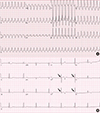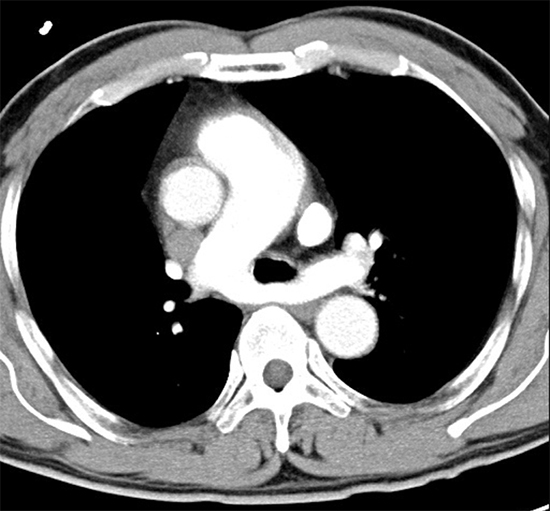1. Maldjian PD, Saric M. Approach to dextrocardia in adults [review]. AJR Am J Roentgenol. 2007; 188:S39–S49.
2. Bohun CM, Potts JE, Casey BM, Sandor GG. A population-based study of cardiac malformations and outcomes associated with dextrocardia. Am J Cardiol. 2007; 100:305–309.
3. Pálinkás A, Nagy E, Forster T, Morvai Z, Nagy E, Varga A. A case of absent right and persistent left superior vena cava. Cardiovasc Ultrasound. 2006; 4:6.
4. Gonzalez-Juanatey C, Testa A, Vidan J, Izquierdo R, Garcia-Castelo A, Daniel C, Armesto V. Persistent left superior vena cava draining into the coronary sinus: report of 10 cases and literature review. Clin Cardiol. 2004; 27:515–518.
5. Morgan LG, Gardner J, Calkins J. The incidental finding of a persistent left superior vena cava: implications for primary care providers-case and review. Case Rep Med. 2015; 2015:198754.
6. Doig JC, Saito J, Harris L, Downar E. Coronary sinus morphology in patients with atrioventricular junctional reentry tachycardia and other supraventricular tachyarrhythmias. Circulation. 1995; 92:436–441.
7. Morgan DR, Hanratty CG, Dixon LJ, Trimble M, O’Keeffe DB. Anomalies of cardiac venous drainage associated with abnormalities of cardiac conduction system. Europace. 2002; 4:281–287.
8. Lee KJ, Kamagata S, Hirobe S, Toma M, Furukawa T, Fukushima N, Inomata Y. Aortopexy for tracheomalacia with dextrocardia, pulmonary artery sling, and congenital tracheal stenosis. Ann Thorac Surg. 2009; 88:1345–1348.
9. Chen SJ, Lee WJ, Lin MT, Wang JK, Chang CI, Chiu IS, Wu MH. Left pulmonary artery sling complex: computed tomography and hypothesis of embryogenesis. Ann Thorac Surg. 2007; 84:1645–1650.
10. Dupuis C, Vaksmann G, Pernot C, Gerard R, Martinez J, Van Egmond H. Asymptomatic form of left pulmonary artery sling. Am J Cardiol. 1988; 61:177–181.
11. Shon TS, Moon KW, Yoo KD, Youn HJ, So SC, Kwak KK, Park HK, Chung WS, Han SK, Hong SJ. Anomalous origin of left coronary artery from pulmonary artery: report of an adult case. Korean Circ J. 1999; 29:528–531.
12. Kim JG, Youn HJ, Kim GH, Park MH, Hur J, Yu JS, Jung SY, An SH. Incidentally detected situs ambiguous in adults. J Cardiovasc Ultrasound. 2011; 19:211–215.





 PDF
PDF ePub
ePub Citation
Citation Print
Print






 XML Download
XML Download